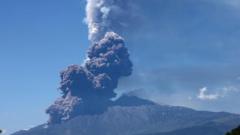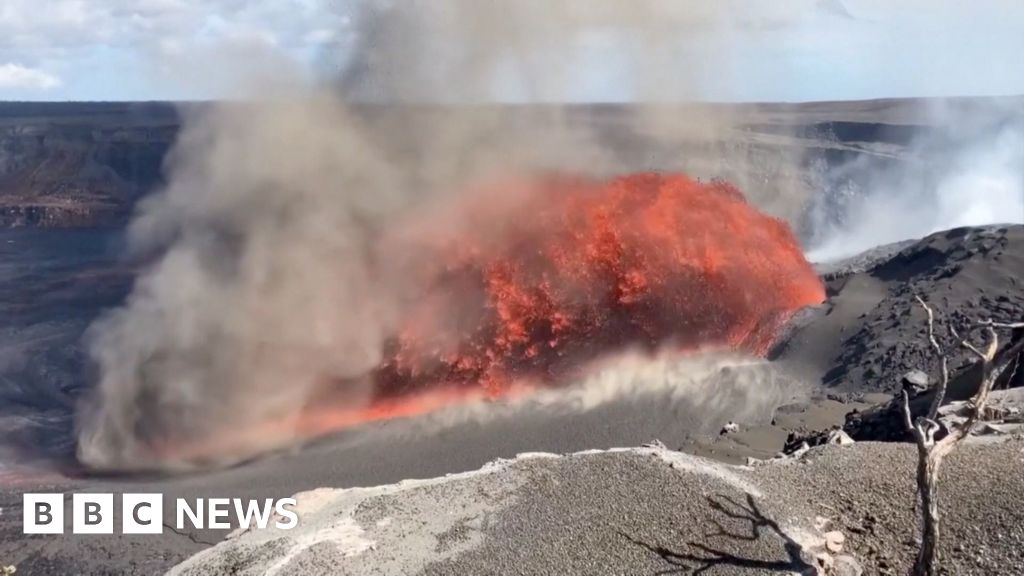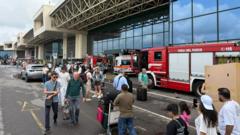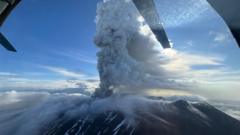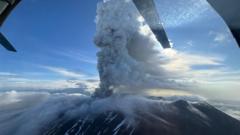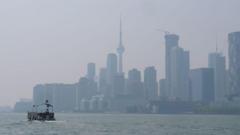The eruption began shortly after midnight local time when INGV detected increased activity, and explosions of rising intensity were documented. Visuals from the site showcased rapid outflows of pyroclastic material, a dangerous mix of gas, ash, and rock descending the volcano's slopes. Despite the impressive display, authorities suggested that a section of the crater likely collapsed during the eruption, contributing to the movement of volcanic material but currently without a significant danger to nearby communities.
Monitoring entities confirmed that efforts are underway to keep track of the eruption's effects, reassuring that the volcanic material never surpassed the Valley of the Lion, the point where tourist excursions typically halt. However, the thermal imaging cameras indicated a continued and active eruption, warranting increased vigilance amongst local residents and tourists.
Notably, incidents of this nature are common with Mount Etna; its last significant eruption in February 2023 led to the rerouting of numerous flights due to ash clouds. Consequently, a red alert was issued following Monday's eruption, later downgraded, but caution remains crucial for air traffic in the vicinity. While tourist activity has been discouraged in areas close to lava flows, no serious damage or injuries have been reported thus far.
The implications of this eruption highlight the ongoing volcanic activity in the region and the need for continuous monitoring of Mount Etna's behavior to ensure the safety of those in its proximity.
Monitoring entities confirmed that efforts are underway to keep track of the eruption's effects, reassuring that the volcanic material never surpassed the Valley of the Lion, the point where tourist excursions typically halt. However, the thermal imaging cameras indicated a continued and active eruption, warranting increased vigilance amongst local residents and tourists.
Notably, incidents of this nature are common with Mount Etna; its last significant eruption in February 2023 led to the rerouting of numerous flights due to ash clouds. Consequently, a red alert was issued following Monday's eruption, later downgraded, but caution remains crucial for air traffic in the vicinity. While tourist activity has been discouraged in areas close to lava flows, no serious damage or injuries have been reported thus far.
The implications of this eruption highlight the ongoing volcanic activity in the region and the need for continuous monitoring of Mount Etna's behavior to ensure the safety of those in its proximity.

